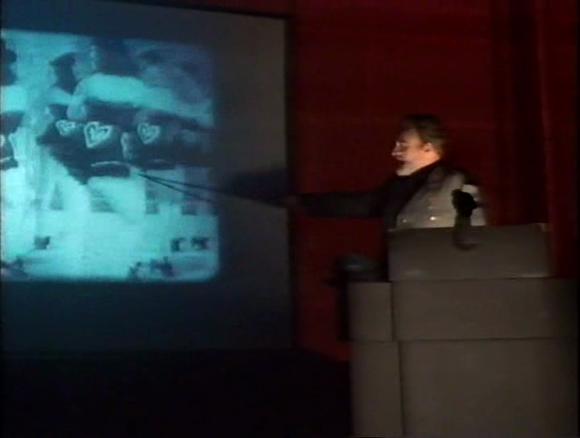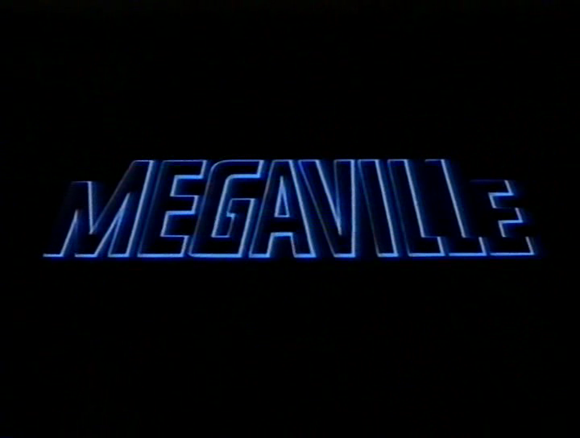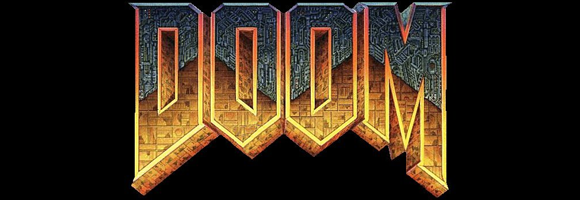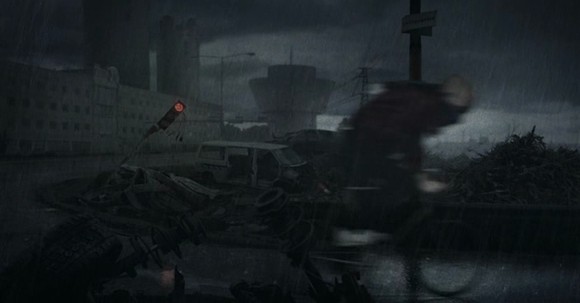
It simply is astounding what a collection you amass on your hard drives over time—and about how many of the collected things you simply forget. I just refound an unfinished draft version of Patricia S. Warrick’s ‘↑Cybernetic Imagination in Science Fiction‘ (1980). Don’t ask me how I got that … I simply can’t remember. Fact of the matter is that I never got the finished book, although it may well contain tons of water on my mills.
On the other hand there is the possibility that I jettisoned ‘Cybernetic Imagination’ on purpose, because I do fear that the core of the book is the celebration of a grand epistemological fallacy. Warrick writes: ‘Cybernetics is the effort to understand the behavior of complex systems. Imaginative literature exploring this subject might be fruitfully approached using systems theory.’ (1980: ↑92)
Outside of theology it is not a wise thing to scrutinize a thing which advocates another thing by means of that very latter thing it advocates ;)
Anyway, here is the ↑official abstract from The MIT Press:
In this book, Patricia Warrick examines over 200 short stories and novels written between 1930 and 1977 which portray computers as robots, as “thinking machines,” as heroes and villains, gods and demons. The works are discussed according to a unique paradigm that divides them and the fictional worlds they create into closed, open, or isolated systems. Warrick analyzes recurring patterns and images, noting how these change (or fail to change) over time and how they relate to real technological developments.
While focusing on a particular genre within science fiction, the book seeks to answer broader literary questions—Should the abundant body of work spawned by the science fiction imagination be taken seriously? Has it climbed up from its humble American beginnings in the pulp magazines? Does it do more than entertain? Has it accomplished the task of mythmaking which literature has traditionally done? And will it ultimately replace the realistic novel as the chief literary form by the end of this century? An aesthetic of complementary perception is defined, and Warrick concludes with a look into the electronic future, a condemnation of the pessimism and poor science she has found in much of post-World War II writing, and a proposal for revitalizing the cybernetic imagination.
Among the writers whose work is examined are Brian W. Aldiss, Isaac Asimov, John Brunner, John W. Campbell, Arthur C. Clarke, Michael Crichton, Samuel R. Delany, Lester del Rey, Philip K. Dick, Harlan Ellison, Harry Harrison, Robert Heinlein, James Hogan, Fritz Leiber, Franke Herbert, Fred Hoyle, Stanislaw Lem, Anne McCaffrey, Michael Moorcock, Frederick Pohl, Robert Silverberg, Clifford Simak, Kurt Vonnegut, Jr., and Jack Williamson. The book includes extensive fiction and nonfiction bibliographies and an index.
And Isaac Asimov wrote:
‘Cybernetic Imagination in Science Fiction’ shows an amazing combination of understanding of cybernetics and of science fiction. For someone who is interested in science fiction the book should be fascinating. It sets a new high standard for clear, literate, and thoughtful consideration of the field.
UPDATE [02 April 2014]: Here’s the abstract of James E. Tomayko’s 1982 review of Warrick’s book:
This book is an exhaustive analysis of the depiction of artificial intelligence in science fiction during the period 1930–1977. It is a book of literary criticism that has importance for those involved in AI research as well as students of the SF genre and of literature in general. It is important for technologists because it is through the medium of science fiction, both in its printed and audio-visual forms, that the public receives its information and forms its impressions of AI and the potential contributions or complications that it can make. Therefore, what Ms. Warrick has to say about those impressions is worth consideration in view of creating a positive image for AI. A second area in which her book makes a contribution is in the discussion of the concept of consciousness as it applies to machine intelligence. Is the quality of consciousness necessary before an AI device can be considered truly “intelligent,” or is the need to imbue the machine with consciousness simply an SF convention to make stories more real to readers who have little contact with computers? Unfortunately, no conclusions are reached regarding this question. (Tomayko 1982: 11)
TOMAYKO, JAMES E. 1982. Review of “The Cybernetic Imagination in Science Fiction by Patricia S. Warrick”; Cambridge, MA: The Mit Press, 1980. ACM SIGART Bulletin 80: 11-12.







